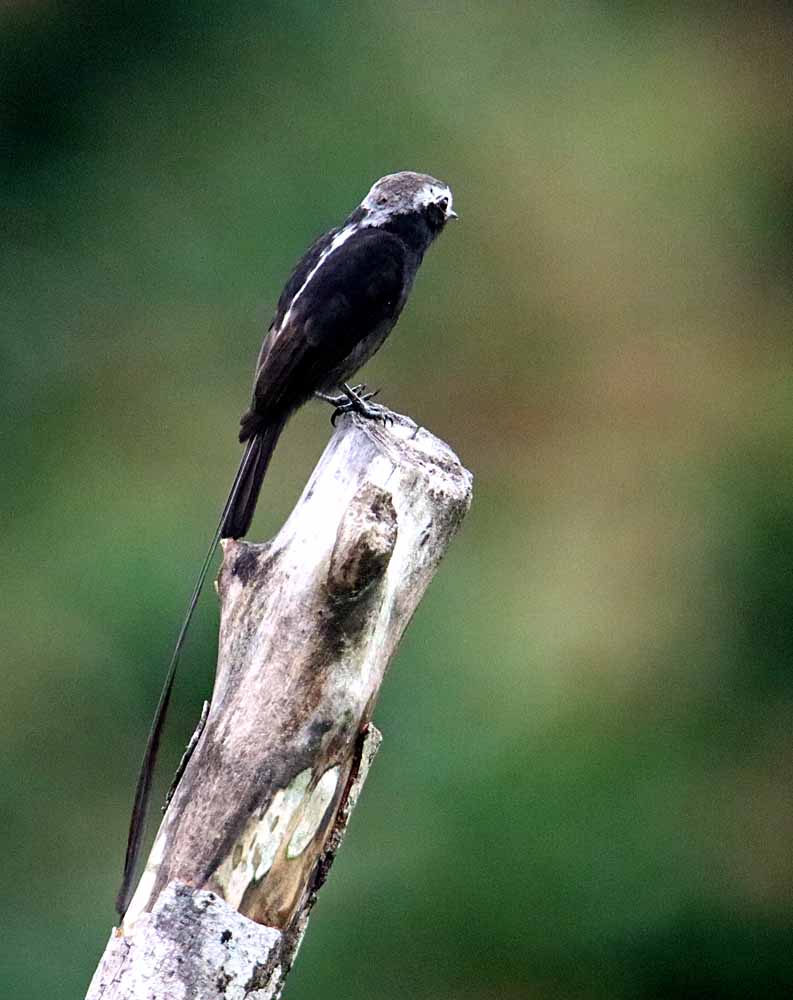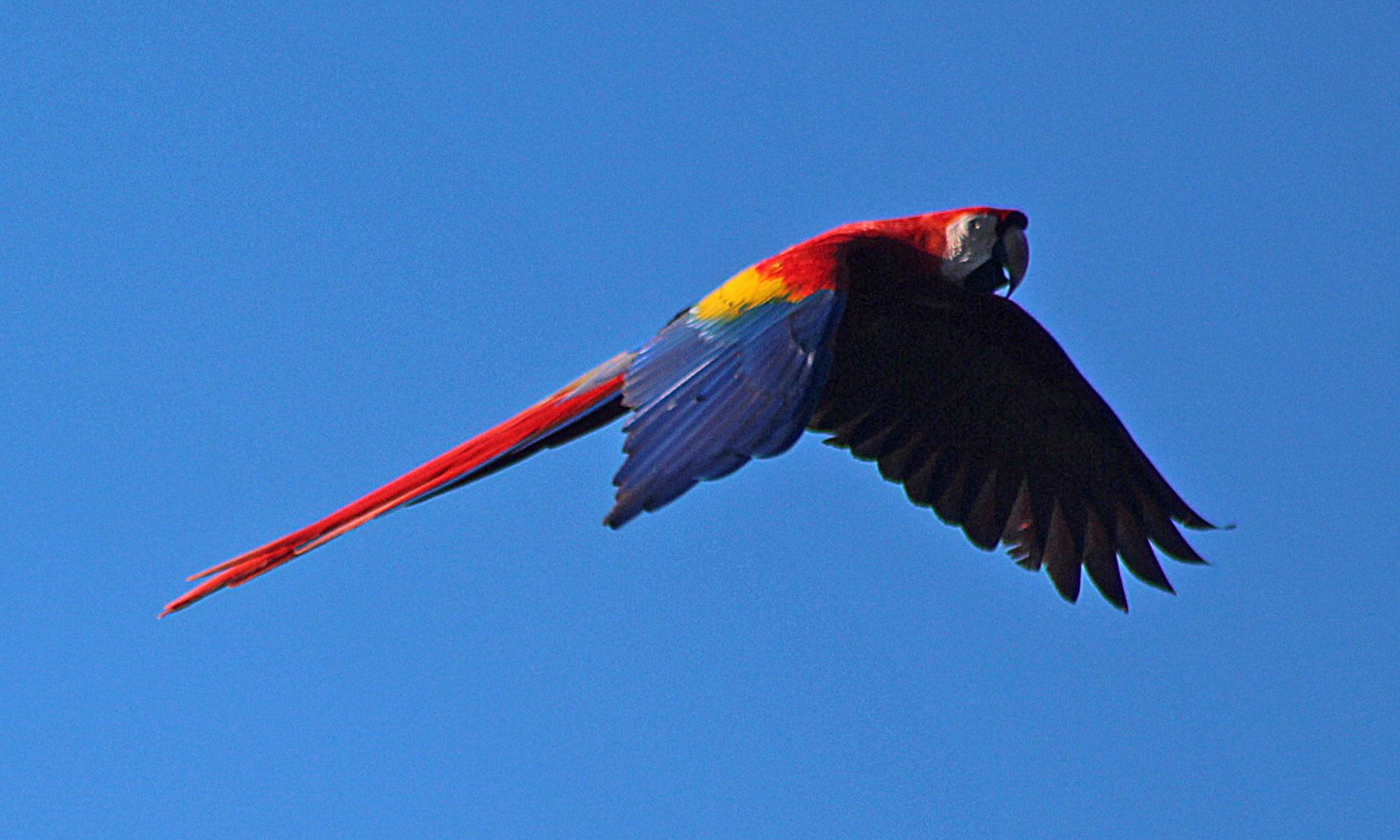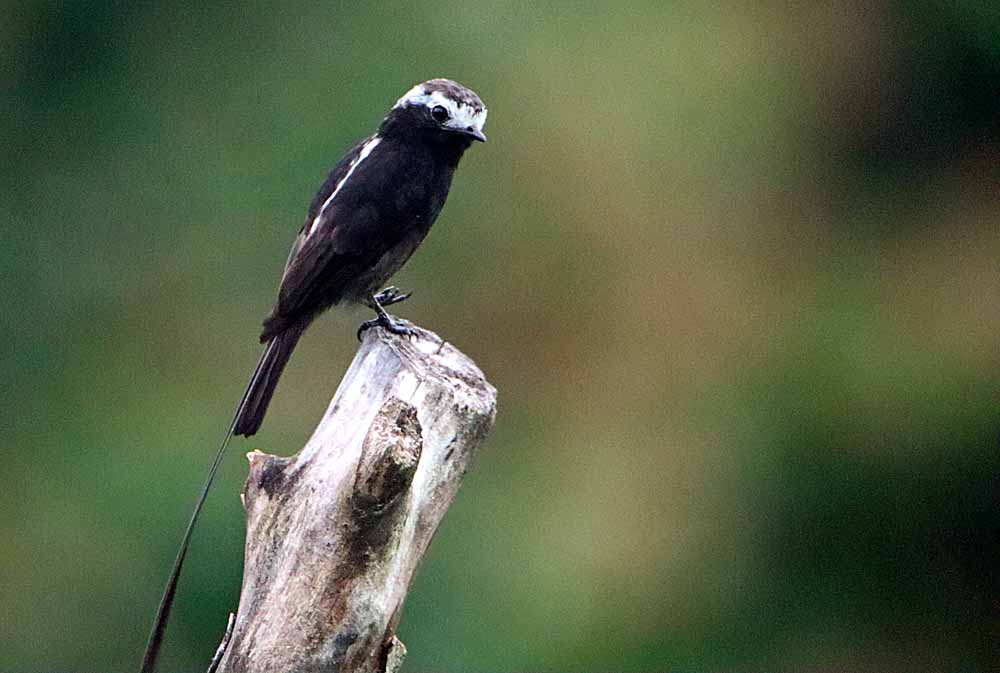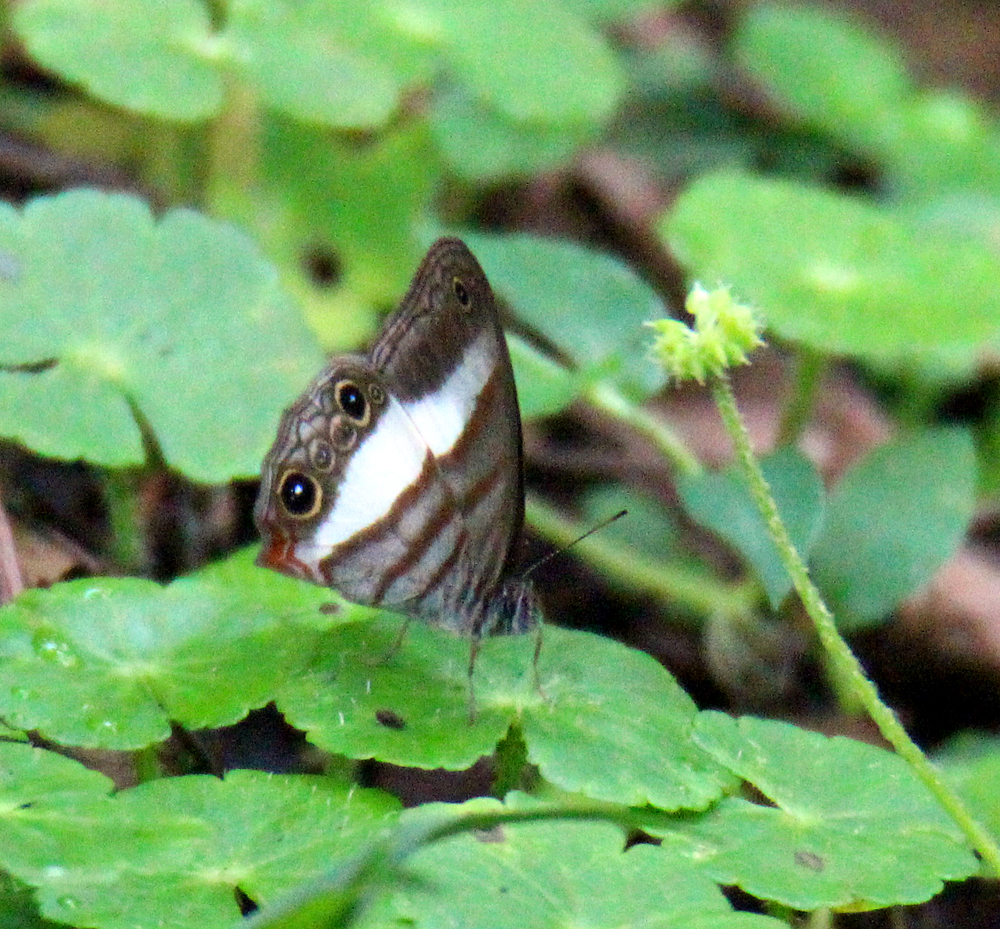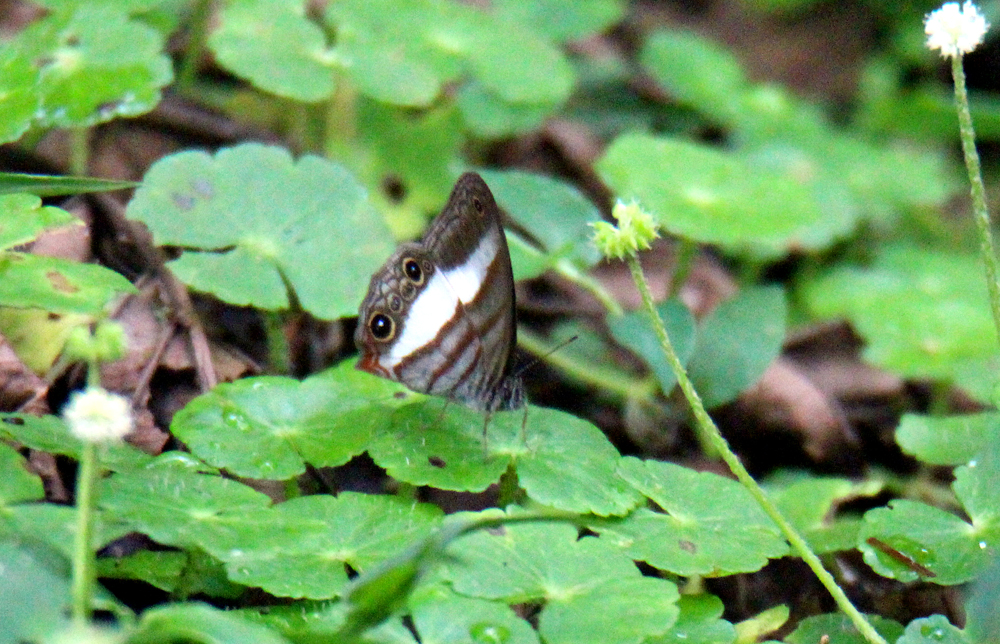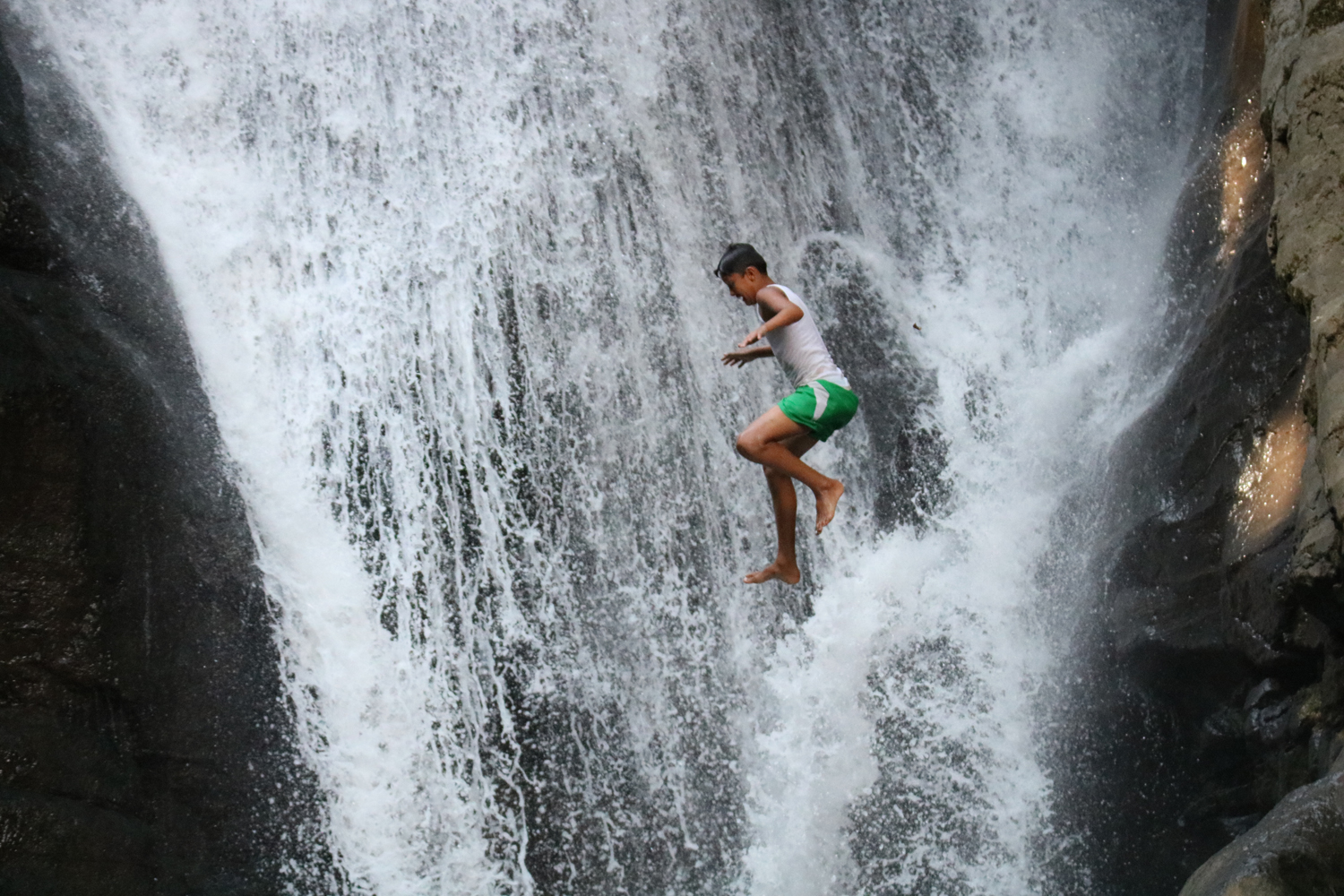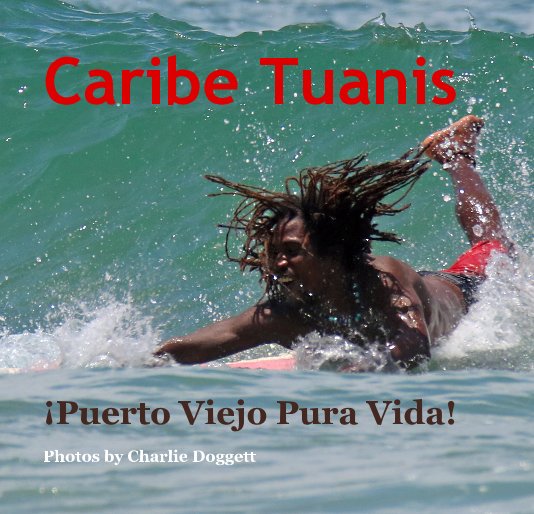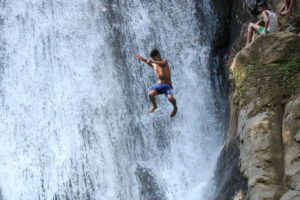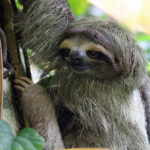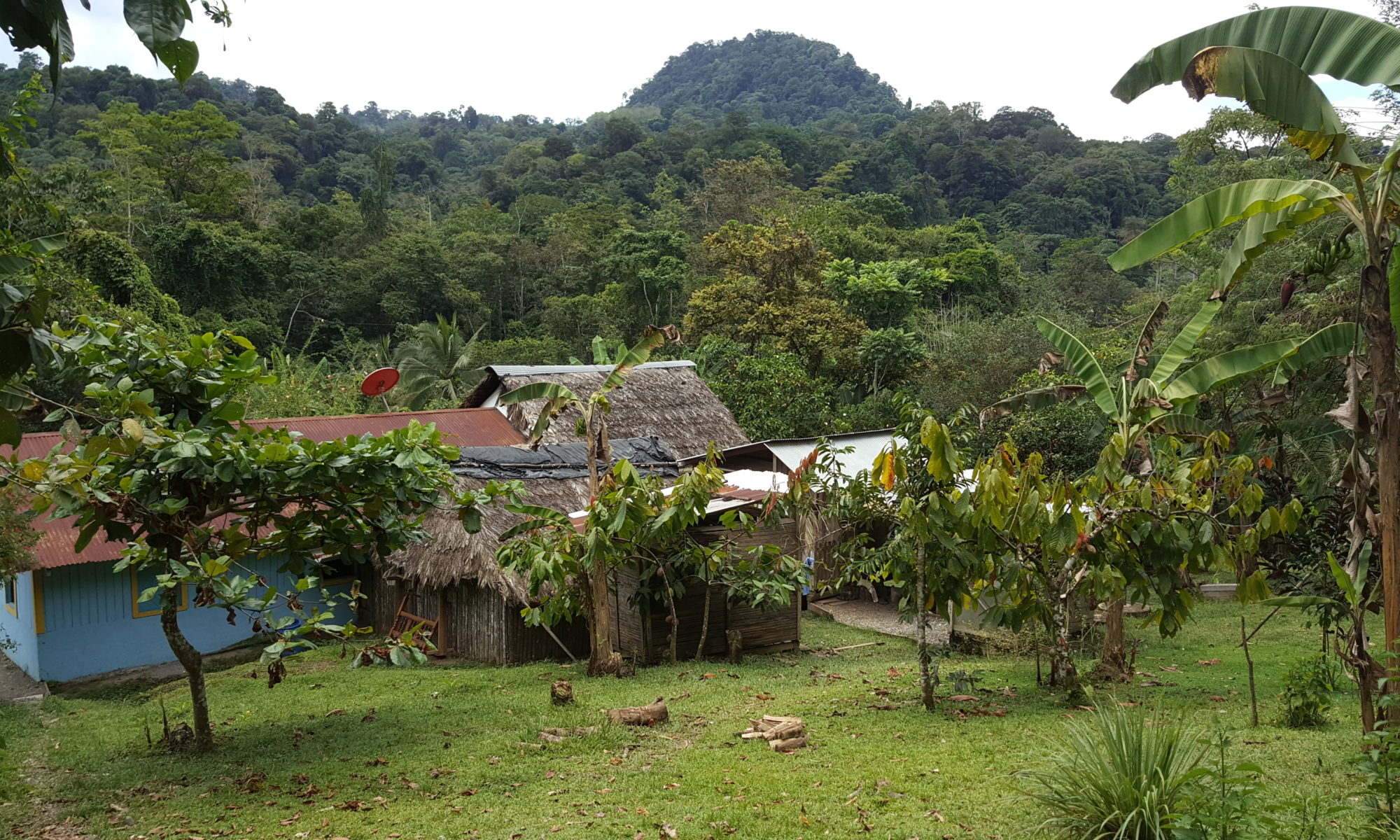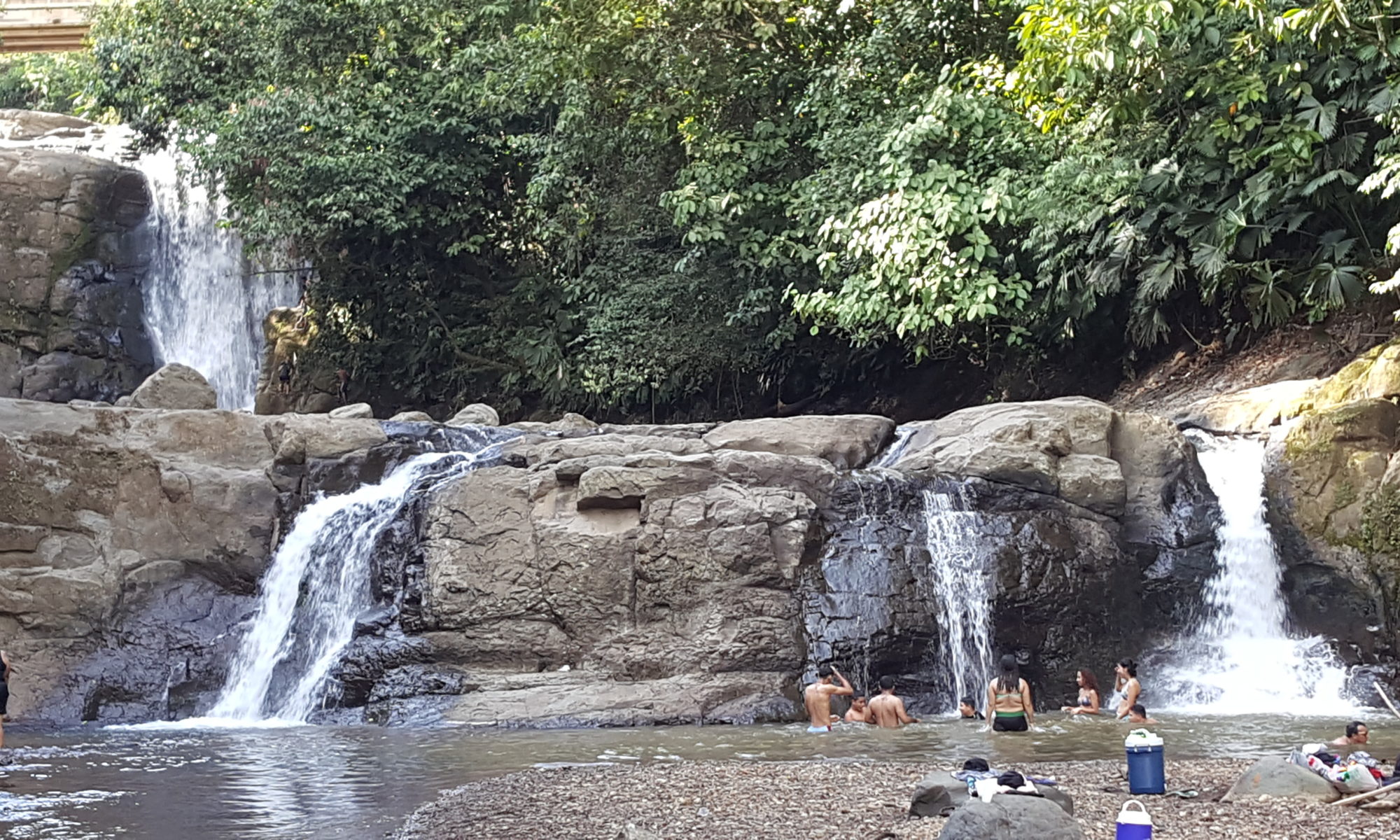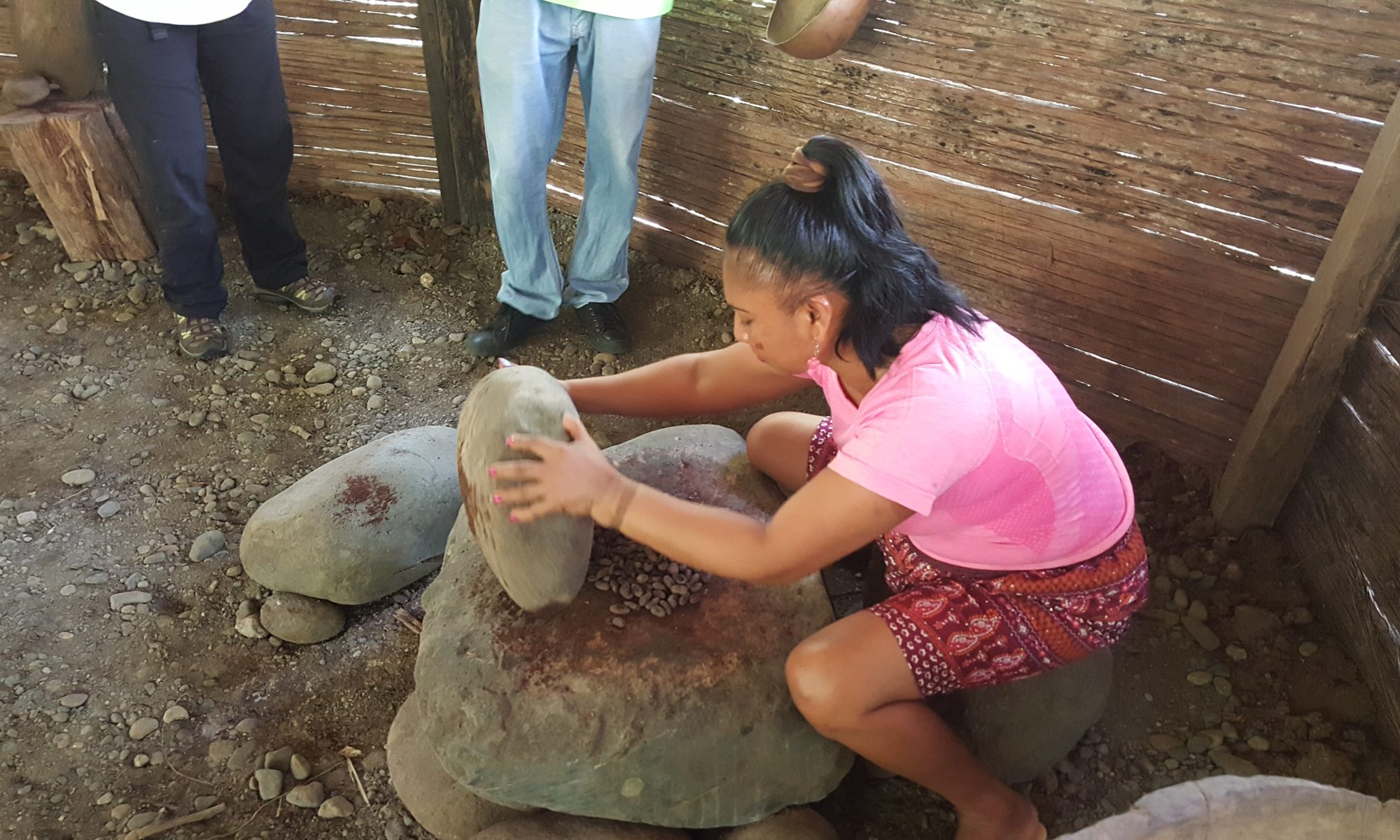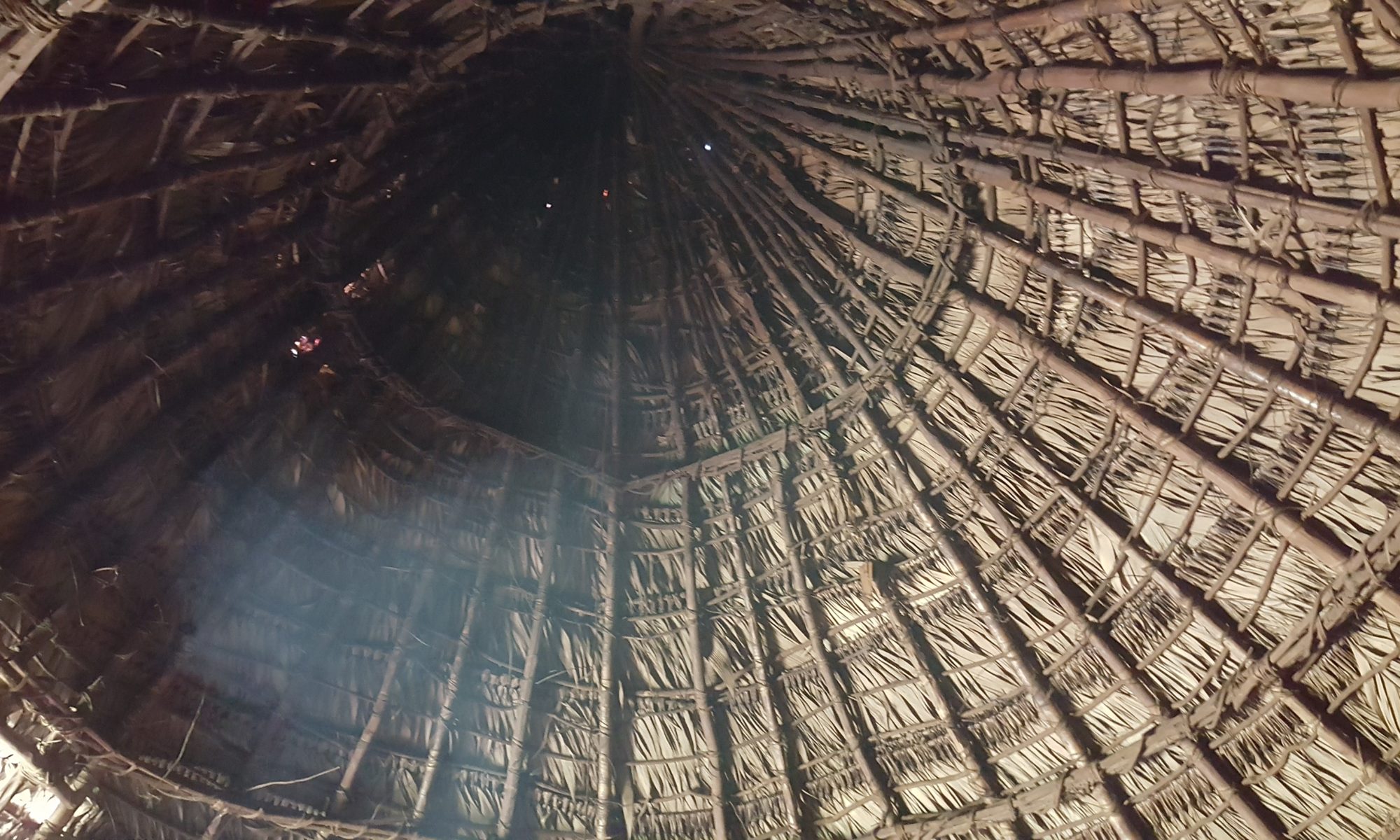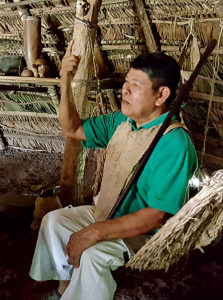“When the destination becomes gracious, the journey becomes an adventure of beauty.”
-John O’Donohue
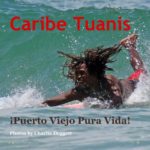 One week from today I return to the Costa Rica South Caribbean (Atlantic Coast South of Limón) for my 5th trip there, not counting 3 other visits to the North Caribbean (North of Limón or Tortuguero NP).
One week from today I return to the Costa Rica South Caribbean (Atlantic Coast South of Limón) for my 5th trip there, not counting 3 other visits to the North Caribbean (North of Limón or Tortuguero NP).
I’ve been “mulling over” (That’s a late 1800’s English idiom meaning “to think about” or “to ponder.”) what my 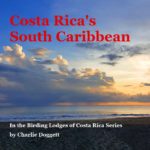 photography focus would be this time (see previous focuses below–mainly birds!). I originally thought I was going during Carnival week, but got the dates confused (It’s the last week of October not August) so Carnival is no longer the theme for my photos and ultimately a photo book. 🙂 Here’s my previous South Caribe galleries & books:
photography focus would be this time (see previous focuses below–mainly birds!). I originally thought I was going during Carnival week, but got the dates confused (It’s the last week of October not August) so Carnival is no longer the theme for my photos and ultimately a photo book. 🙂 Here’s my previous South Caribe galleries & books:
Browsing Blurb’s Bookstore travel and art photography books (for ideas) I came across the above quotation by John O’Donohue in a book and decided next week’s destination is such a “gracious” place (both the Hotel Banana Azul and the Caribe) that the friendly, loving, kind graciousness of the place will make it truly an “adventure of beauty!” So now my mind is running in a thousand directions of how I can photograph that gracious beauty!
Of course there’s the beauty of nature as my sunrise photo above from another year depicts. The graciousness of the people there presents opportunities for grand portraits or activity shots. While the graciousness of the sea, or the forest, or the wildlife, or the plants . . . oh my, oh my – the destination becomes so gracious!
Soon I start my next adventure of beauty! ¡Pura Vida! 🙂
I arise today Blessed by all things, Wings of breath, Delight of eyes, Wonder of whisper, Intimacy of touch, Eternity of soul, Urgency of thought, Miracle of health, Embrace of God. May I live this day Compassionate of heart, Clear in word, Gracious in awareness, Courageous in thought, Generous in love.”
~John O’Donohue
¡Pura Vida!
Like this:
Like Loading...
